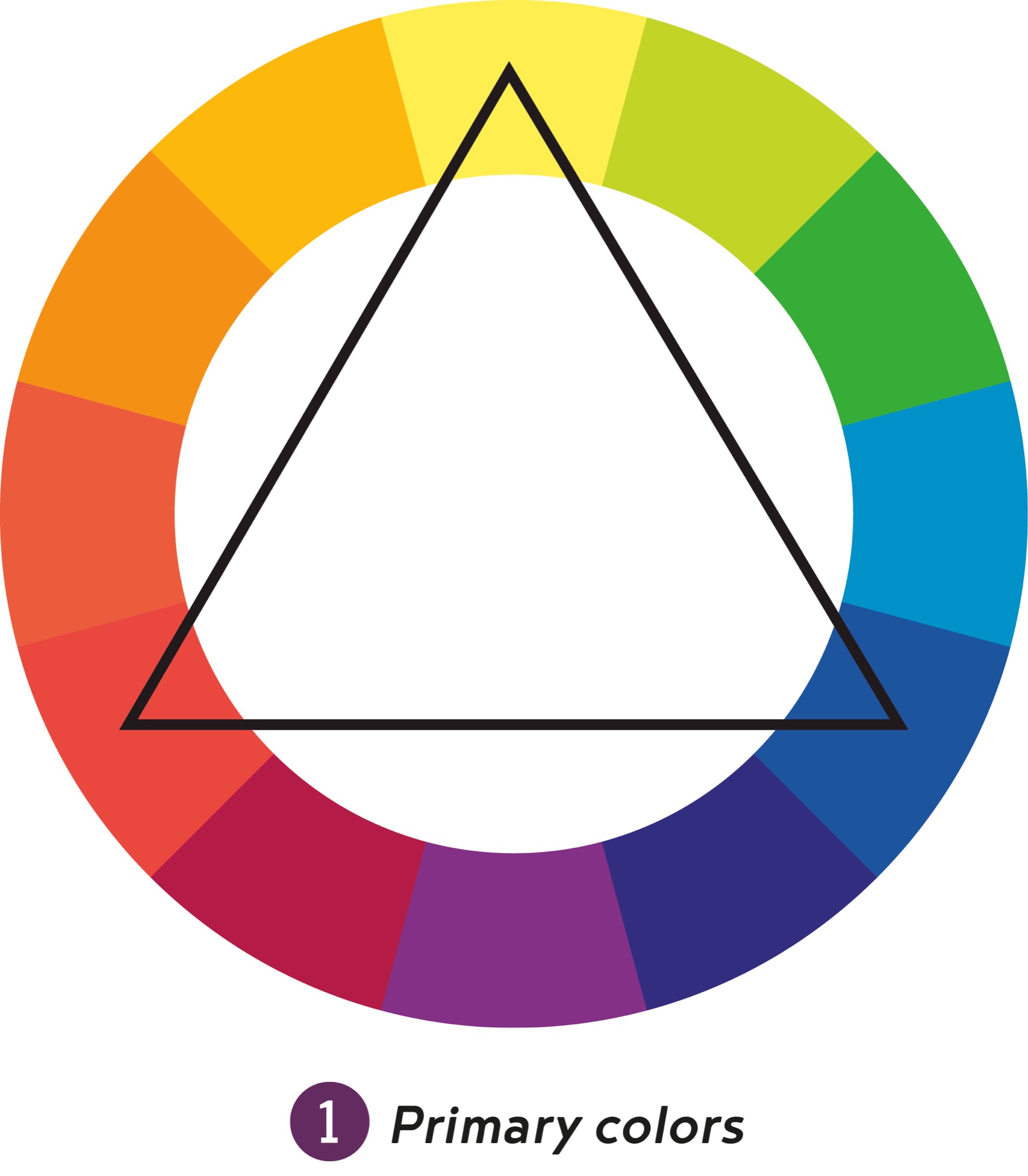
An imprint of Penguin Random House LLC
penguinrandomhouse.com

Copyright 2020 by Jesie Ostermiller
Penguin supports copyright. Copyright fuels creativity, encourages diverse voices, promotes free speech, and creates a vibrant culture. Thank you for buying an authorized edition of this book and for complying with copyright laws by not reproducing, scanning, or distributing any part of it in any form without permission. You are supporting writers and allowing Penguin to continue to publish books for every reader.
Ebook ISBN: 9780593327975
Editorial Director Kerry Bogert
Editor Nathalie Mornu
Technical Editor Therese Chynoweth
Editorial Coordinator Hayley DeBerard
Art Director Ashlee Wadeson
Cover and Interior Designer pnormandesigns
Illustrations Kathie Kelleher
Charts and Schematics Therese Chynoweth
PHOTOGRAPHY
Patterns Harper Point Photography
Swatch lessons Jesie Ostermiller
All other photos George Boe
STYLING
Patterns Tina Gill
All other photos Nathalie Mornu
Hair/makeup Valerie Salls
pid_prh_5.6.0_c0_r0
contents
introduction
COLORWORK WAS THE siren song that lured me into the knitting world. I had dabbled in different needle crafts when I was a kid, but what I really wanted to make as a young adult was a sweater with reindeer marching across the yoke. That meant colorwork! It all started with a quick introductory lesson and a kind friend who sent me on my way with two skeins of handspun wool and a beginners knitting book from the 1960s that was packed with all the basic knowledge as well as some quirky monkey illustrations. Stranded knitting was the first colorwork technique I learned, and I have been in love ever since. This book is designed to teach you not only stranded knitting but also stripe, slip stitch, mosaic, intarsia, double knitting, and brioche techniques, each in its own chapter. To further encourage your colorwork confidence, youll also find chapters on choosing colors and yarns for your various projects.
My educational background is in music. When learning a new technique on a musical instrument, you start with the most basic form of the technique and repeat it over and over again until it becomes muscle memory. Then you add just a little bit more and repeat the new sequence over and over. I wanted the techniques in this book to be presented in the same way. Each technique chapter has a small swatch lesson worked over a mere nineteen stitches. The lessons start with basic components (e.g., slipped stitches or yarnovers) and then evolve until youve learned the technique. You can repeat the rows for those basic components as many times as youd like until you feel comfortable before moving on to the next step in the swatch lesson. Work through each technique by itself or string several together on the same swatch.
When youre ready to turn your new skills into actual knitwear, youll definitely want to check out the twelve new patterns in this book. Every one of these designs became my favorite while I was working on it. I was smitten with the beautiful colors and snowflakes on the Highmore Vest and secretly vowed that it was my favorite, but then doubt crept into my mind as I draped the Saffron Shawl, with its sage green and neon yellow mosaic pattern, across my shoulders. I also thought maybe the Spark Sweater would be my one and only, with its speckled yarn and stranded motifs climbing down out of the yoke, but I can never say no to a winter hat with earflaps (especially a brioche one!), and so the Alpenglow Hat also became my favorite. I guess what Im trying to say is, I have feelings for all of them and I hope you do, too!
My goal with these designs was to create a range of enticing pieces that incorporated all of the different colorwork techniques in this book. I wanted them to feel modern and updated but also like traditional knitwear. The silhouettes are familiar and simple, and well-suited to pretty much anyone. I hope they inspire you to try new colorwork techniques and maybe revisit some that you may have forgotten about.
happy knitting!
CHAPTER ONE
understanding color
COLOR MAKES THINGS look good! The right color combination can take a hat or sweater from a simple piece of clothing to an absolutely stunning, must-knit, must-have item.
Each person has his or her own preferences. You should choose colors that make you happy! But what if you can only decide on two colors for a four-color project? What do you do when you dont trust your judgment? How do you proceed when you start questioning yourself about what looks good? (We have all asked at least one of these questions at some time or other.) Luckily, there are basic tenets of color theory that make finding the answers to those questions easier. Understanding color theory will not magically guarantee you all the answers, but it will help you make some decisions.
In every knitting book about colorwork theres always a section about the color wheel and how to understand it. It can be tempting to flip past this chapter. What does it all mean? How can it actually help you as an everyday knitter just trying to create some pretty finished objects? This chapter will help you see how you can benefit from understanding the color wheel and how it correlates to your next trip to the local yarn store.
The Color Wheel
There are three primary colors: Red, Yellow, and Blue  . There are also three secondary colors that you get when the primary colors are mixed together: Orange (red + yellow), Green (yellow + blue), and Violet (red + blue)
. There are also three secondary colors that you get when the primary colors are mixed together: Orange (red + yellow), Green (yellow + blue), and Violet (red + blue)  .
.
When you mix a primary color with a secondary color, you get a tertiary color, like a red-violet or a blue-green. There are six of these 

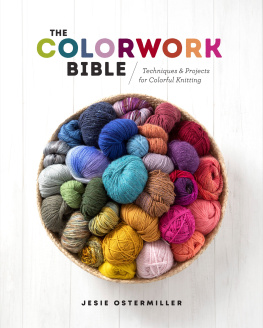
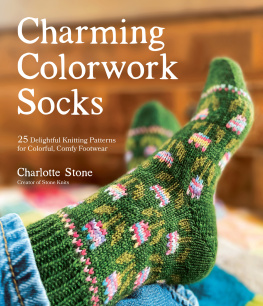
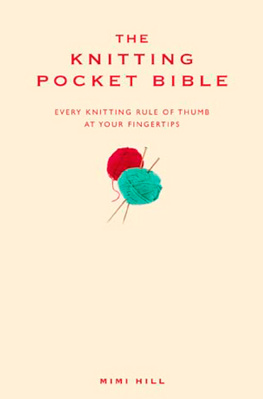
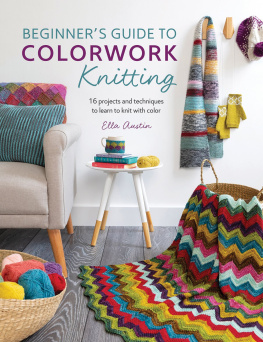
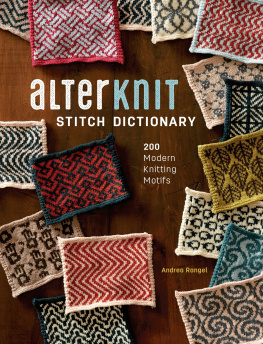

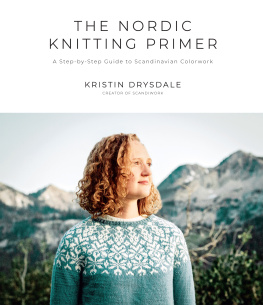
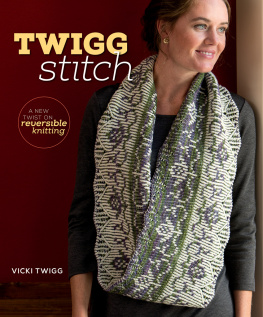
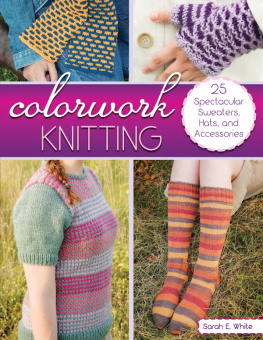

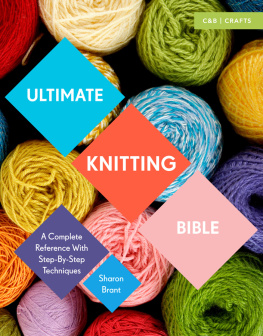
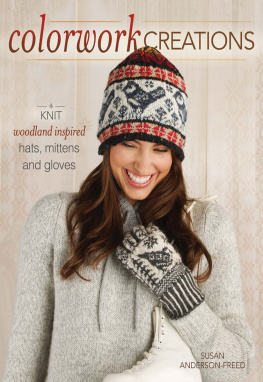
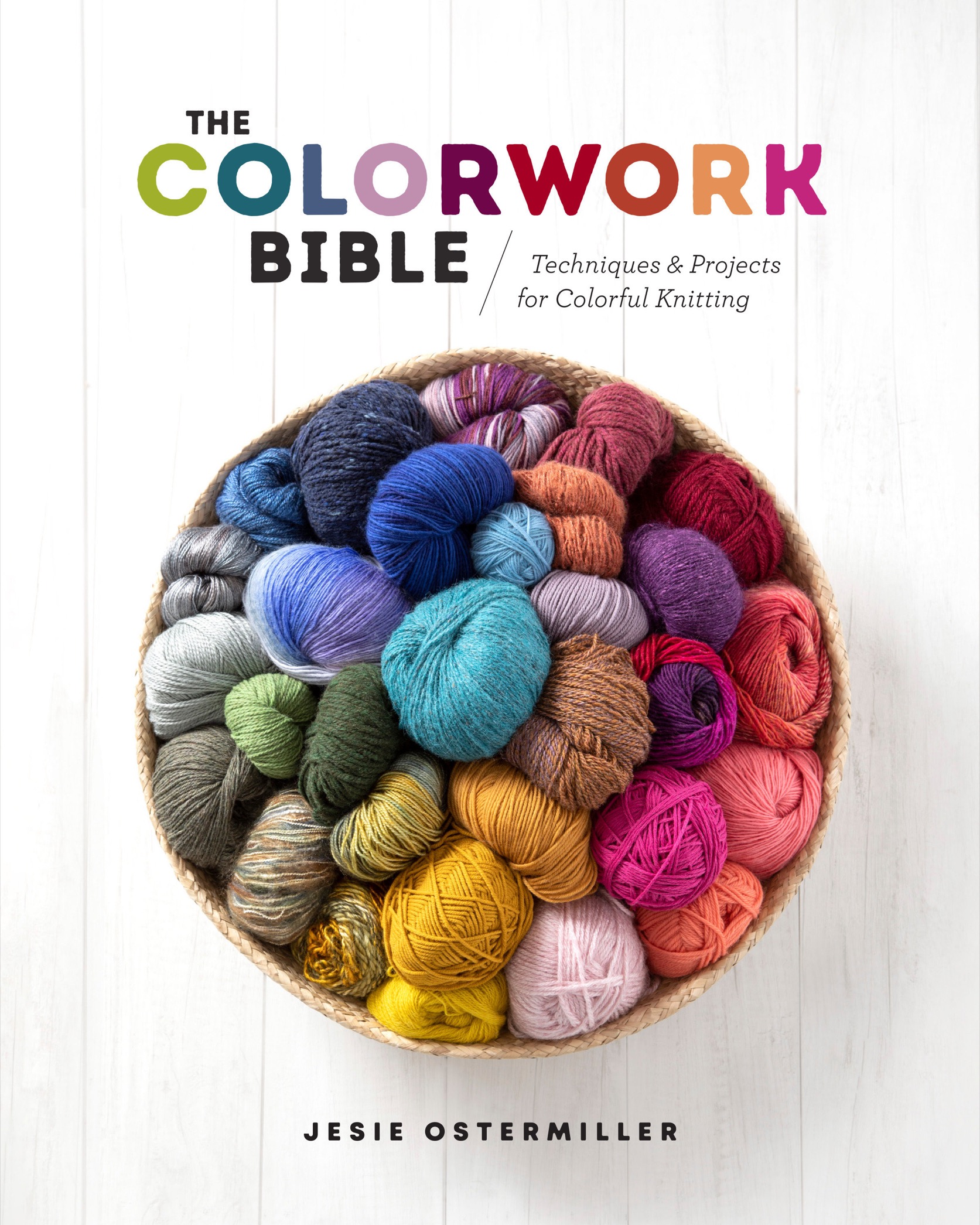
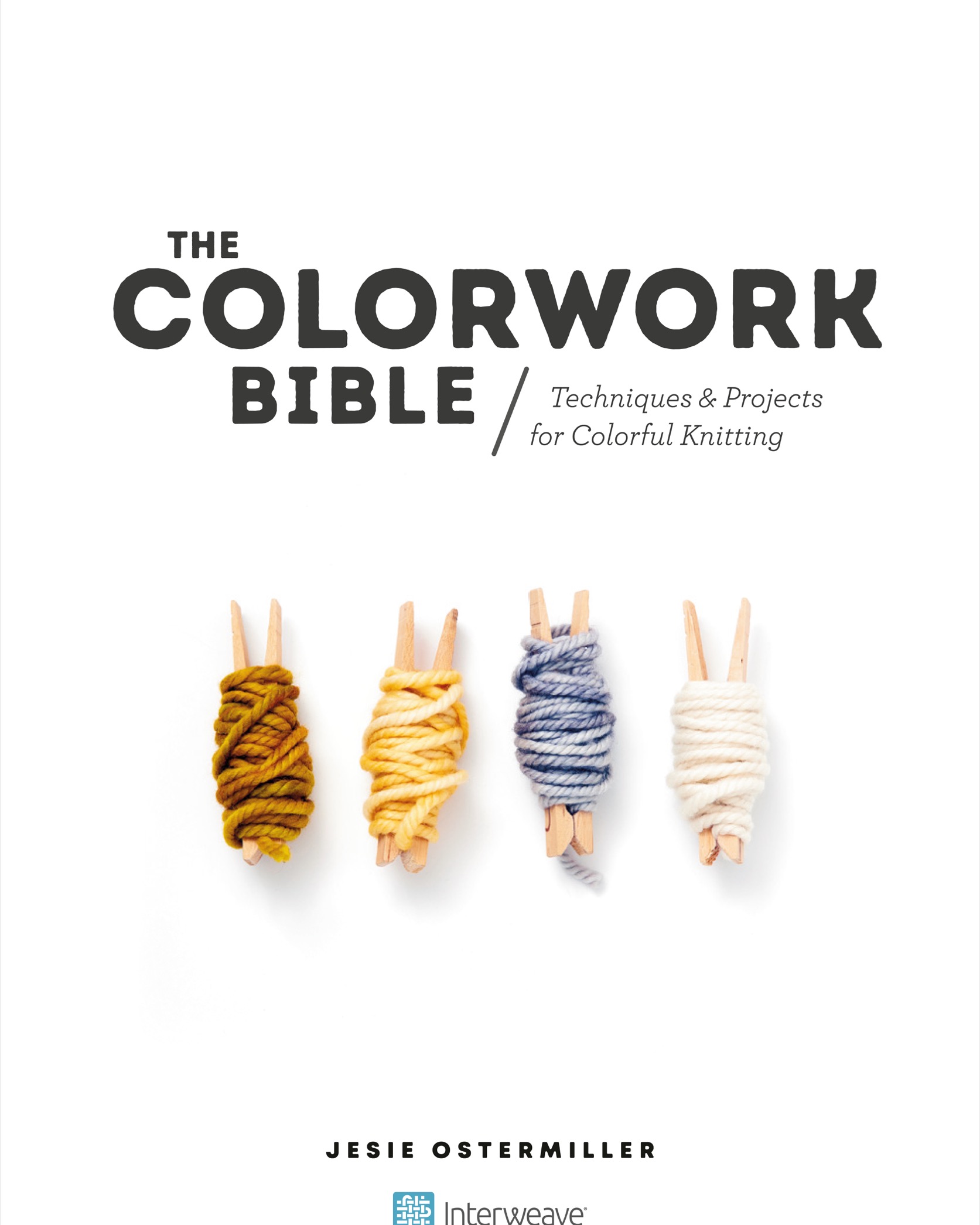



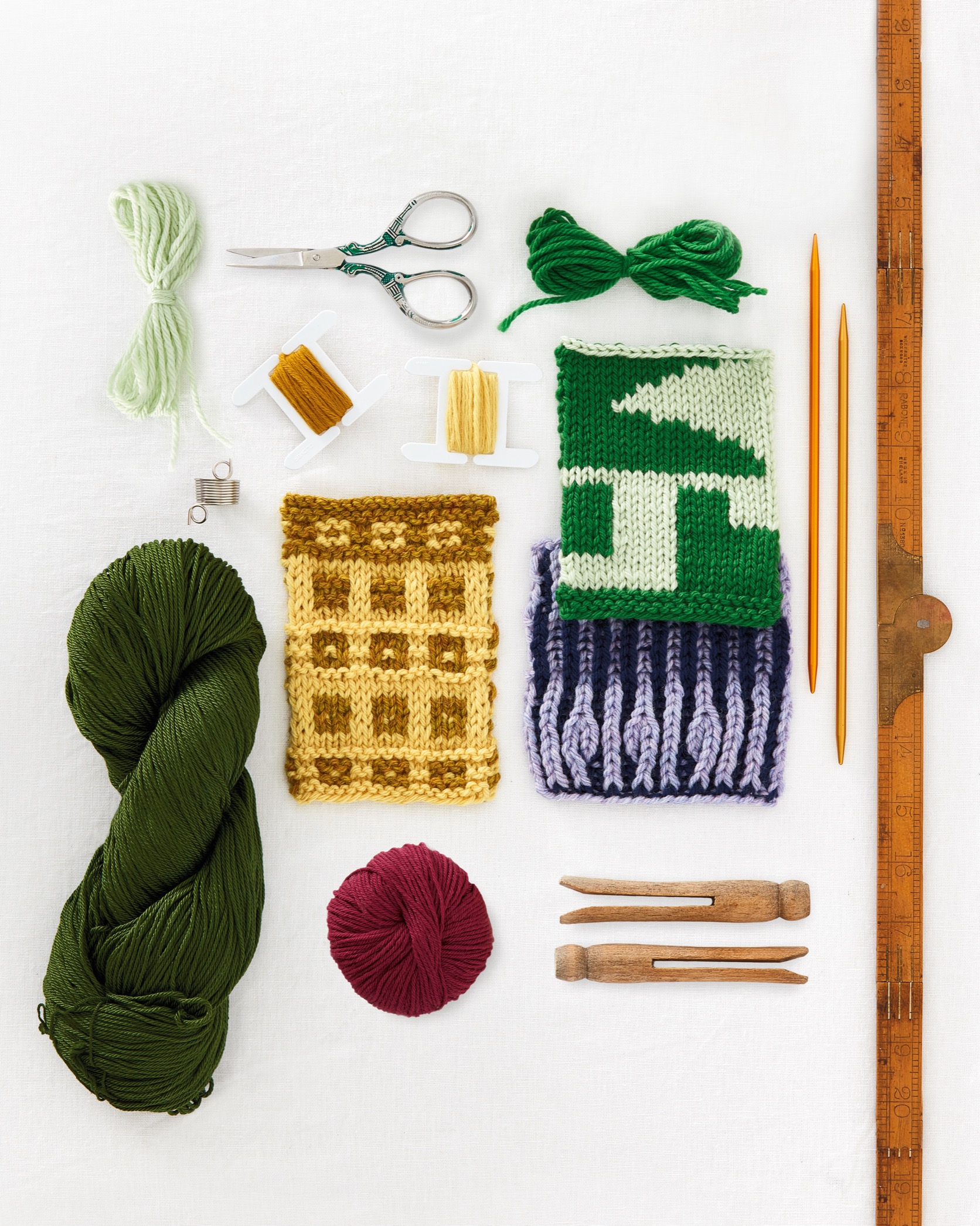

 . There are also three secondary colors that you get when the primary colors are mixed together: Orange (red + yellow), Green (yellow + blue), and Violet (red + blue)
. There are also three secondary colors that you get when the primary colors are mixed together: Orange (red + yellow), Green (yellow + blue), and Violet (red + blue)  .
.